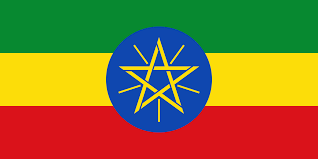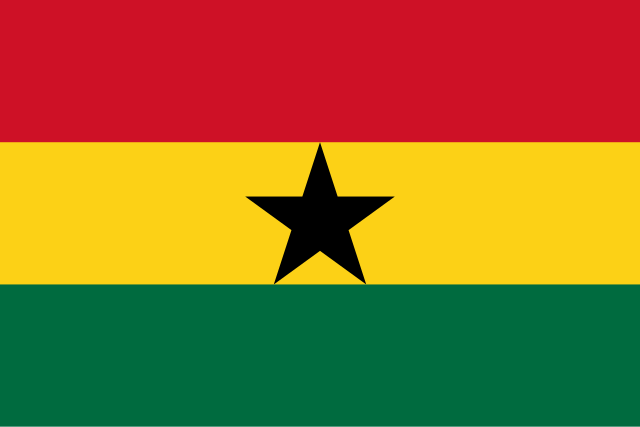LEARN MORE
Probability Theory (M1)

TEACHING TEAM
Content
Course description
This course is divided up into three modules. For the reference for each module, see the section below.
Module 1 is taught by Dr. Dajani. The focus of this module is covering the foundations of probability theory from a measure-theoretic perspective. It has the following tentative schedule:
- Lecture 1: Measure spaces (Chapter 1)
- Lecture 2: Events & Random Variables part 1 (Chapter 2, Chapter 3)
- Lecture 3: Random Variables & Independence (Chapter 3, Chapter 4)
- Lecture 4: Independence & Integration (Chapter 4, Chapter 5)
- Lecture 5: Integration & Expectation (Chapter 5, Chapter 6)
- Lecture 6: Expectation & Product measure (Chapter 6, Chapter 8)
- Lecture 7: Conditional Expectation (Chapter 9)
- Lecture 8: Martingales (Chapter 10)
Module 2 is taught by Dr. Kessira. The goal of Module 2 is to bridge the gap between the foundations and advanced asymptotic topics. focuses on powerful, classic applications of martingales that demonstrate their versatility and problem-solving power, without requiring the machinery of financial mathematics or characteristic functions. A tentative schedule of the lectures:
- Lecture 1: Stopping Times & The Optional Stopping Theorem [OST] (10.8, 10.9, 14.1)
- Lecture 2: Applications of the OST (10.10, 14.3, 14.4)
- Lecture 3: Uniform integrability and L1 convergence (13.1, 13.4, 13.7, 13.11)
- Lecture 4: UI Martingales & Convergence theorem (14.2)
- Lecture 5: The Radon-Nikodým theeorem via Martingales (14.4)
- Lecture 6: A first look at likelihood ratios
- Lecture 7: The Pólya Urn scheme
- Lecture 8: Review, synthesis and preview.
Module 3 is taught by Dr. Klein. The topics of this module will include the central limit theorem; concentration of measure inequalities (e.g. Hoeffding, Azuma); Poisson processes; a bit of Brownian motion; the Birkhoff ergodic theorem.
A tentative schedule of the lectures:
- Lecture 1:Review of martingales. The Kolmogorov strong law of large numbers (SLLN) proven using martingales and the more general SLLN for martingales.
- Lecture 2: Concentration of measure inequalities (i.e. large deviations type estimates): Hoeffding’s inequality. Azuma-Hoeffding inequality for martingales.
- Lecture 3: Basic properties of characteristic functions (chapter 16 in [1]). Weak convergence of probability measures (chapter 17 in [1]).
- Lecture 4: The Central Limit Theorem (Statement and proof/examples). Other applications of characteristic functions (chapter 18 in [1]). The Lindeberg-Feller theorem. Berry-Esseen theorem (just the statement).Poisson convergence, namely the law of rare events, examples, Poisson processes (section 3.6 in [2]). Definition of Brownian motion (section 8.1 in [2]).The Radon-Nikodým theeorem via Martingales (14.4)
- Lecture 6: Construction of Brownian motion. Stopping times (sections 8.1, 8.2 in [2]).
- Lecture 7: Extension of the CLT (by means of Brownian motion), namely Donsker’s theorem (section 8.7 in [2]).
- Lecture 8: Either Ergodic theory or Markov Chains
Materials
References
References
The main reference for Module 1 & 2 is D. Williams, Probability with Martingales, Cambridge University Press.
Module 3 uses the following references:
[1] D. Williams, Probability with Martingales
[2] R. Durrett, Probability: Theory and Examples
[3] Dr. Klein's lecture notes
LEARN MORE ABOUT
INTERNATIONAL MATHEMATICS MASTER
ADMISSIONS
Applicants Are Divided Into Two Groups: "International Applicants" Who Have Foreign Citizenship And "Pakistani Applicants" Who Either Hold Pakistani Citizenship, Have Dual Citizenship, Or Are Pakistanis Residing Outside The Country.

 IMM Algeria Student 2025 - 2026
IMM Algeria Student 2025 - 2026






















